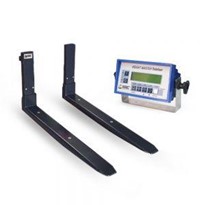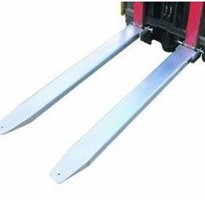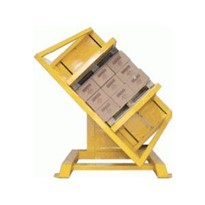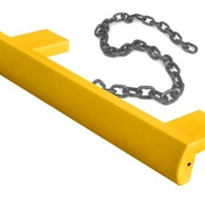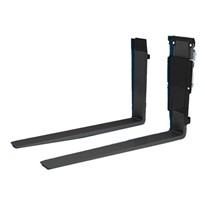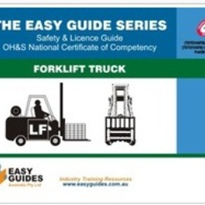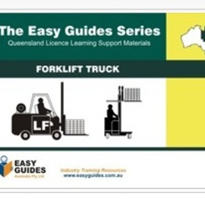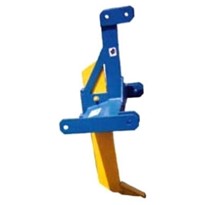Forklift tynes may not be your best bet for practising table manners, hair-grooming, or stag-wrestling, but they are exactly what puts the ‘fork’ into our forklifts.
So when it comes to understanding, operating, and maintaining this key part of our favourite industrial vehicles, we’ve got everything you need to know packaged, loaded up, and ready to go in this handy guide to the forklift tynes.
FORKLIFT TYNE TERMINOLOGY
For starters, if we’re talking about tynes, we’ll want to learn the lingo. From locking pin to blade tip, here are the key words we use to describe and define forklift tynes.
- Shank: Forklift tynes are a basic L-shape, and the vertical part that attaches to the vehicle is called the shank.
- Blade: The horizontal part of the tyne that supports, lifts, and carries the load in front of the forklift.
- Heel: The corner point where the shank and blade meet to form the L-shape of the tyne.
- Tip: The end of the tyne blade that inserts into a pallet ready to lift the load.
- Taper: The difference in blade thickness from the thin blade tip to the sturdy heel.
- Hooks: The points at the top and base of the shank where the tyne is attached to the forklift.
- Locking Pin: The lock mechanism on the top shank hook that positions and secures the tyne to the vehicle (these can be latch or button types, and are also known as pin locks or latch pins).
TYPES OF FORKLIFT TYNES
A forklift’s fork is always designed for simplicity, strength, safety, and efficiency, but it’s tynes can come in all shapes and sizes for standard and specialised tasks.
Here are some of the key types of forklift tynes available in our industry.
HOOK TYNES
The most common method for mounting tynes on your vehicle is with hooks. After the tynes are slid sideways onto the forklift carriage (so the upper and lower hooks on the shank can attach), the spring-bound locking pin locks them in place.
DRUM-HANDLING TYNES
These forks are specially designed for lifting and carrying drums, with shaped tynes that fit around the container, or claw or barrel-clamp attachments.
COIL-HANDLING TYNES
The inside edge of these tynes is either ‘chamfered’ (cut away at a right angle), or given a curved radius. The symmetrical slope or the half-cylinder shape created forms a purpose-built surface for supporting and moving coils.
LUMBER TYNES
Unlike the conventional thick but narrow blades used to lift and carry pallet loads, the blades on lumber tynes are thinner and wider for inserting securely and easily into loads of timber lengths.
EXPLOSION-PROOF TYNES
In potentially explosive environments, forklight tynes are clad in thick stainless steel to prevent any stray sparks when carrying hazardous materials or working in dangerous locations.
HOW TO READ FORKLIFT TYNE DIMENSIONS
Mounting, maintaining, and operating forklift tynes requires knowledge of standard fork dimensions, and those of the key parts of different tynes across different vehicles. This is how it works:
CARRIAGE HEIGHT
This is the measurement between the upper and lower mounting points where the tynes are attached to the vehicle carriage.
For common hook tynes, for example, the carriage height would be measured along the vertical shank, from the top hoot to the bottom one.
FORK DROP
The vertical measurement from the top of that lower hook to the ground is then called the fork drop or drop size.
LENGTH OF FORK
Forklift tyne length is measured horizontally along the blade of the tyne, from the tip to the heel at the bottom of the shank.
WIDTH OF FORK
When looking down at the blade of the tyne, width is measured horizontally across its widest point (from left to right for example).
THICKNESS
When standing beside the tyne, thickness is measured across the side of the shank (horizontally from the front edge of the shank to the back edge).
SPREAD
This is the measurement between the two tynes, from outside edge to outside edge.
FORKLIFT TYNE SAFETY TIPS
As with all our essential industrial equipment, safety comes first.
Inspecting and maintaining forklift tynes, following safety regulations and equipment guidelines, and using qualified experts for repairs, replacements, and servicing is not only smart and professional, but time and cost-efficient.
Keeping both you and your vehicle with all your parts in top working-order means getting the job done more effectively, functionally, and fuss-free.
MAKE REGULAR VISUAL INSPECTIONS
How often should you check your forklift tynes? Every time. At the beginning of every shift and before every use, you should always do a visual forklift inspection to make sure:
- The tynes are in the correct position and properly secured with the locking pins.
- There are no visible bends, cracks, or damage to the tynes (particularly check the heels, hooks, and any welds).
- There is no significant wear to the tynes (10% wearing in blade thickness compared to the shank means they need immediate replacement, as the safe load capacity has been severely reduced).
UNDERSTAND YOUR TYNES’ RATED CAPACITY
Knowing the capacity rating of your vehicle is vital when it comes to forklift tynes.
Exceeding the maximum capacity doesn’t just increase the rate of wear and tear, overloading a forklift will also affect the stability and safety of the vehicle and load which could lead to significant damage or serious injury.
DISTRIBUTE YOUR LOAD EVENLY
Always use both tynes evenly when supporting, lifting, or carrying your load, to avoid damaging an overloaded tyne, dropping the load, or tipping the vehicle sideways.
Never have the load too far forward because that also risks tipping the vehicle forward.
Tynes are designed for lifting vertical loads, so never use forklifts for sideways force, breaking open loads, or transporting people.
MAINTAIN TYNE INTEGRITY
Never attempt to repair, straighten, or modify forklift tynes. Drilling holes into or welding onto tynes voids their capacity rating, weakens their structural integrity, and dramatically increases the chance of damaging the tyne or dropping the load.
USE A PROFESSIONAL WHEN MAINTAINING TYNES
When tynes fail your visual inspection and need repair, replacement, or a maintenance service, you always need a qualified and experienced specialist technician to look after you and your vehicle.
GET ASSISTANCE WITH YOUR FORKLIFT TYNES TODAY
When it comes to forklift tynes, we pride ourselves on our expertise, years of experience, and friendly professional service.
Waverley Forklifts have all the products you want, all the services you need, and are always ready to help support your business, give you the lift you need, and carry you forward with their forklift solutions.


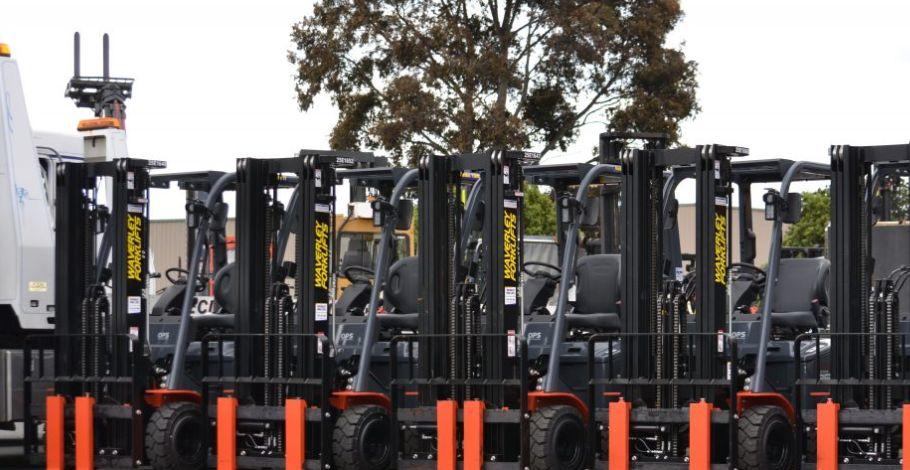



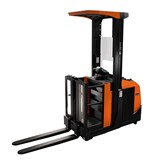
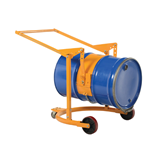
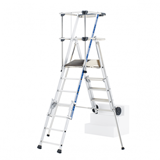


-160x160-state_article-rel-cat.png)


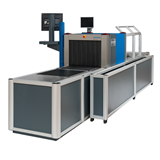

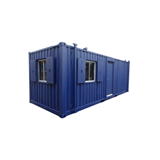

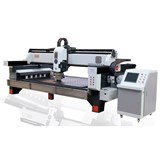

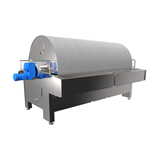

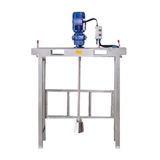

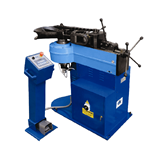
-205x205.jpg)

